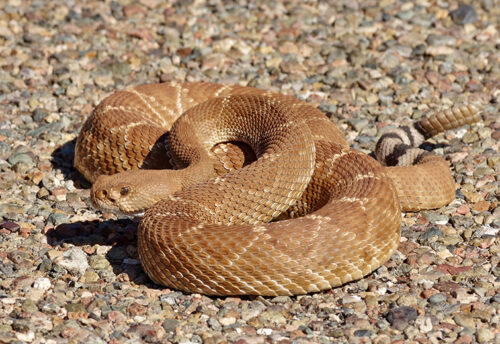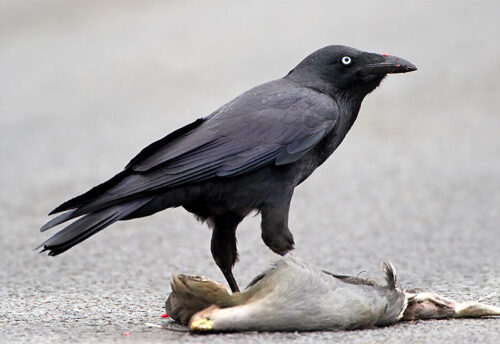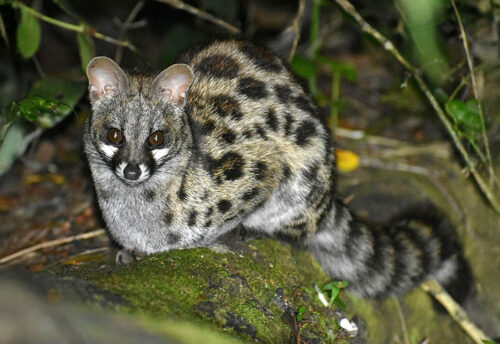
The armadillo lizard, aka armadillo girdled lizard, or armadillo spiny-tailed lizard, lives only in the Succulent Karoo biome in the Western and Northern Cape provinces of South Africa. Armadillo lizards prefer deserts, scrublands, and dry, rocky regions. Due to their cool spiky look, they are unfortunately the victim of over collection by the European and North American pet trades. This has caused drops in their numbers. However, their population is stable, for now; since it is now illegal to collect them without a special permit. The IUCN lists them as Least Concern.
First the Stats…
Scientific name: Ouroborus cataphractus
Weight: Up to 5 ounces.
Length: Up to 8 inches
Lifespan: Up to 25 years
Now on to the Facts!
1.) Armadillo lizards are diurnal (active during the day).
2.) These omnivores (eat plant and animal matter) feed on termites, millipedes, spiders, scorpions, and plants.
3.) Being social lizards, they live in groups of up to 60 individuals.
4.) When threatened, they will bite their tail and roll into a ball. In this position they expose their sharp, squarish spikes, making it difficult for a predator to hurt or eat them; less they get a mouthful of pointiness.
5.) Their main predators are humans and birds of prey.
But wait, there’s more on the armadillo lizard!
6.) When all else fails, they will drop their tail, in what is called caudal autotomy. This dropped tail will wriggle and squirm, attracting the attention of the predator, thus allowing the lizard to escape to a nearby rocky hiding place.
7.) Communication involves tail wagging, head bobbing, and tongue-flicking. When you see them flicking their tongue, for instance, this means that they are warning you to back off.
Did you know…?
These lizards have a very powerful bite and have even been recorded breaking their own jaw biting down in self defense.
8.) Males and females are polygynandrous. This means that they both mate with several partners.
9.) They mate from September – October. Gestation (pregnancy) lasts 6 – 8 months.
10.) Females do not lay eggs. They are ovoviviparous. The eggs develop in the body and then the young emerge from the eggs, to be born live. She will give birth to 1 – 2 live young.
Now a Short Armadillo Lizard Video!
Also, check out the Critter Science YouTube channel. Videos added frequently!
Want to suggest a critter for me to write about? Let me know here.



